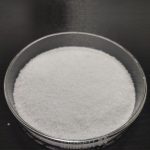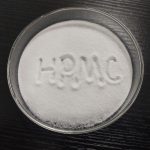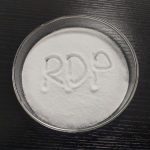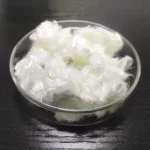1. The content of chloride ion should be strictly controlled
In order to improve the early strength of concrete, triethanolamine, calcium chloride, industrial salt, etc. will be added to the water reducing agent, especially in winter or in the prefabricated component factory and cement product factory with high requirements for early strength. The harm caused by excessive salt addition need not be repeated. Some manufacturers believe that small amount of salt addition can improve the antifreeze and early strength performance of products, It is reasonable that the content of chloride ion will not exceed the national standard of 0.06%. Or low-grade concrete with a little salt in it.
The chloride salt in the admixture will do great harm to the volume stability and durability of concrete. It is mainly manifested in the following three aspects.
A. The chloride based corrosion medium will reduce the alkalinity of the concrete and destroy the passive film on the surface of the steel bar. There will be a large potential difference in different parts of the steel bar surface, resulting in electrochemical reaction and forming anode and cathode.
B. The crystal particles precipitated by repeated deliquescence and crystallization of chloride salt in concrete are bulky and expand, which makes the concrete crack and reduce the durability.
C. It is generally believed that the addition of chloride in ordinary reinforced concrete is not more than 0.5%. However, when the freezing point of the solution is reduced by sodium chloride, the chloride ion content in the unfrozen solution will be higher and higher, that is, the chloride ion concentration of the remaining solution will be greater than 0.5%, causing local corrosion. Therefore, in the actual production, although the amount of chloride is small, it may form a higher concentration and rust in some parts. Moreover, unlike calcium chloride, sodium chloride does not enter into the molecular structure of hydration products, but exists in the void in a free state, which is easy to absorb moisture, resulting in the increase of concrete shrinkage after hardening, which is also unfavorable to durability.
3. Effect of alkali content on additives
When the alkali content in cement is high, the effect of superplasticizer is reduced. The setting time is shortened and the early strength is increased. If the alkali content of cement is too high or too low, the compatibility between superplasticizer and cement will be adversely affected. This may be because it changes the solubility of gypsum, thus affecting the hydration of C3A. The optimum soluble alkali content is 0.4% ~ 0.6% (equivalent Na2O). When the adaptability of admixtures and cement is seriously poor, it should be considered to add some sulfamate superplasticizer to replace the nano superplasticizer (or adopt polycarboxylic acid system) and appropriately increase the total amount of water reducing components in order to improve the adaptability of products.






